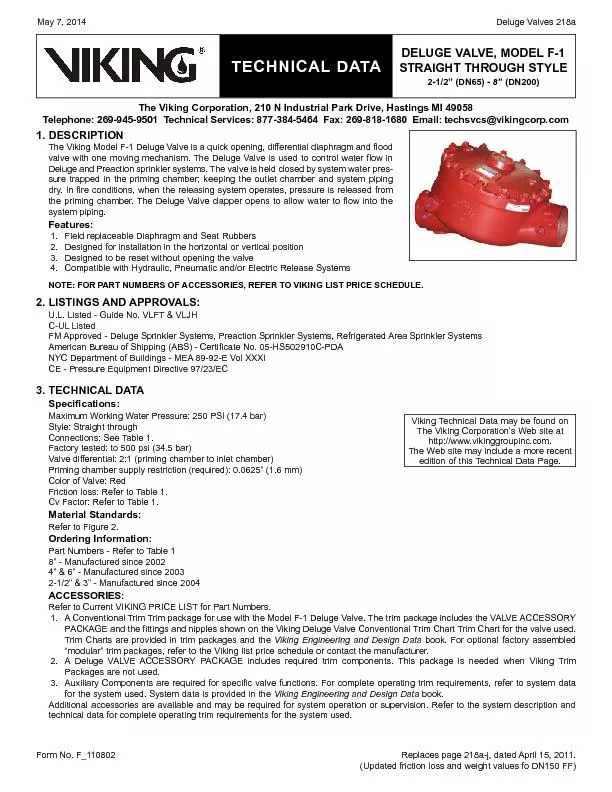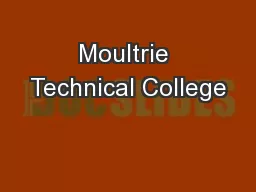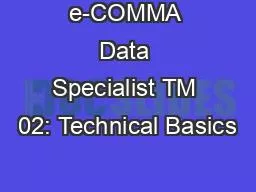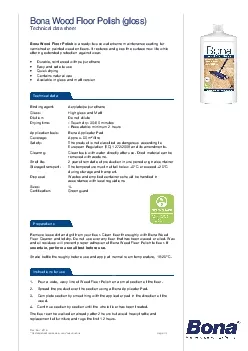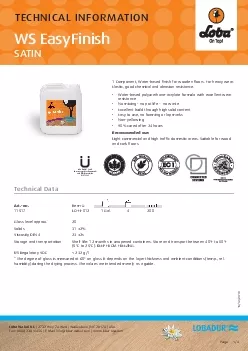PDF-TECHNICAL DATA
Author : lois-ondreau | Published Date : 2016-05-26
May 7 2014 Deluge Valves 218a The Viking Corporation 210 N Industrial Park Drive Hastings MI 49058 Telephone 2699459501 Technical Services 8773845464 Fax 2698181680
Presentation Embed Code
Download Presentation
Download Presentation The PPT/PDF document "TECHNICAL DATA" is the property of its rightful owner. Permission is granted to download and print the materials on this website for personal, non-commercial use only, and to display it on your personal computer provided you do not modify the materials and that you retain all copyright notices contained in the materials. By downloading content from our website, you accept the terms of this agreement.
TECHNICAL DATA: Transcript
Download Rules Of Document
"TECHNICAL DATA"The content belongs to its owner. You may download and print it for personal use, without modification, and keep all copyright notices. By downloading, you agree to these terms.
Related Documents

